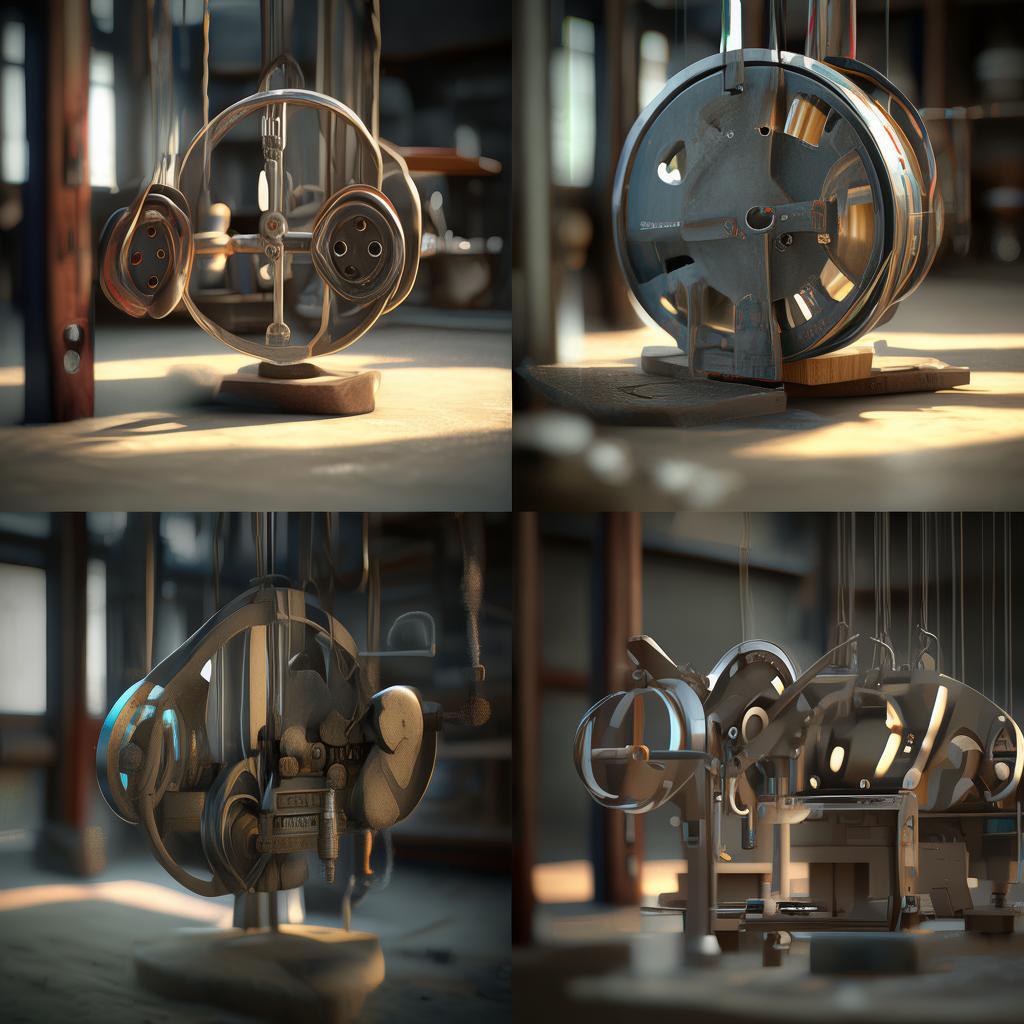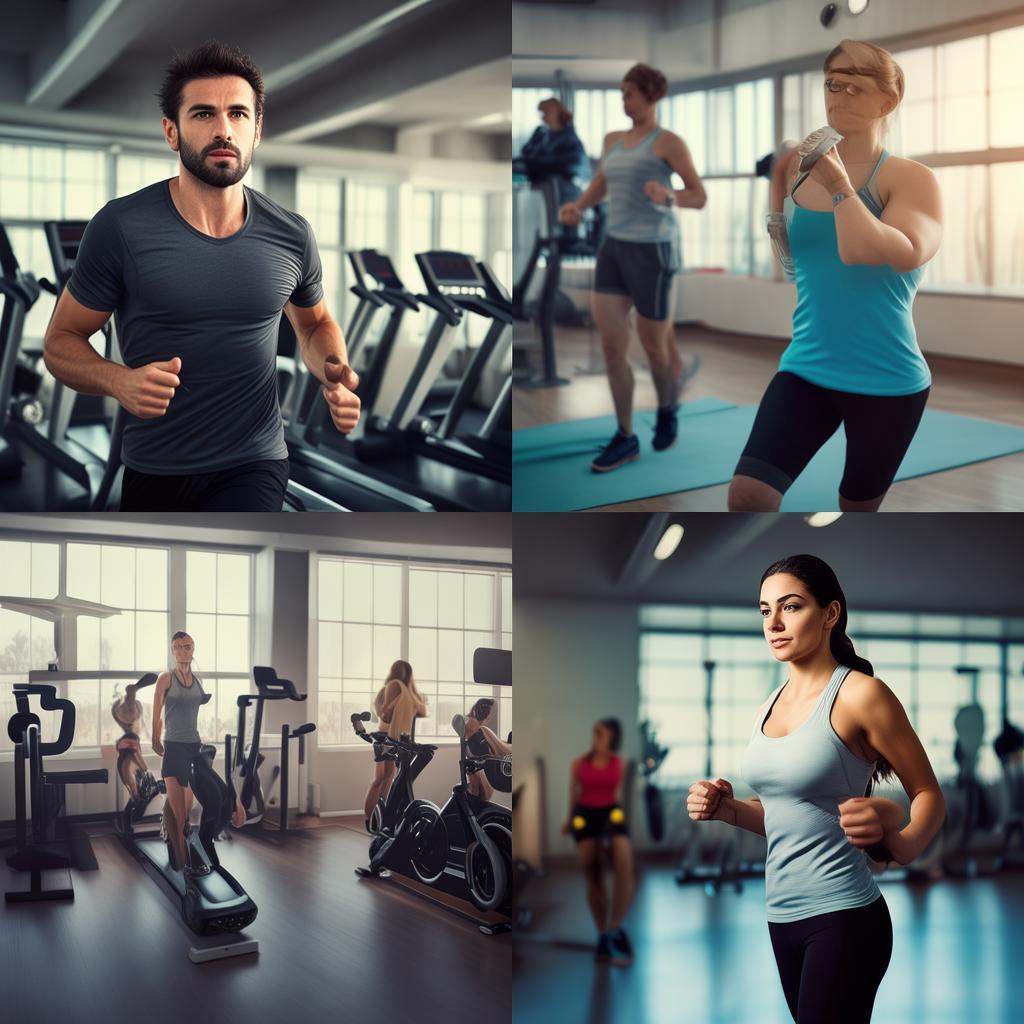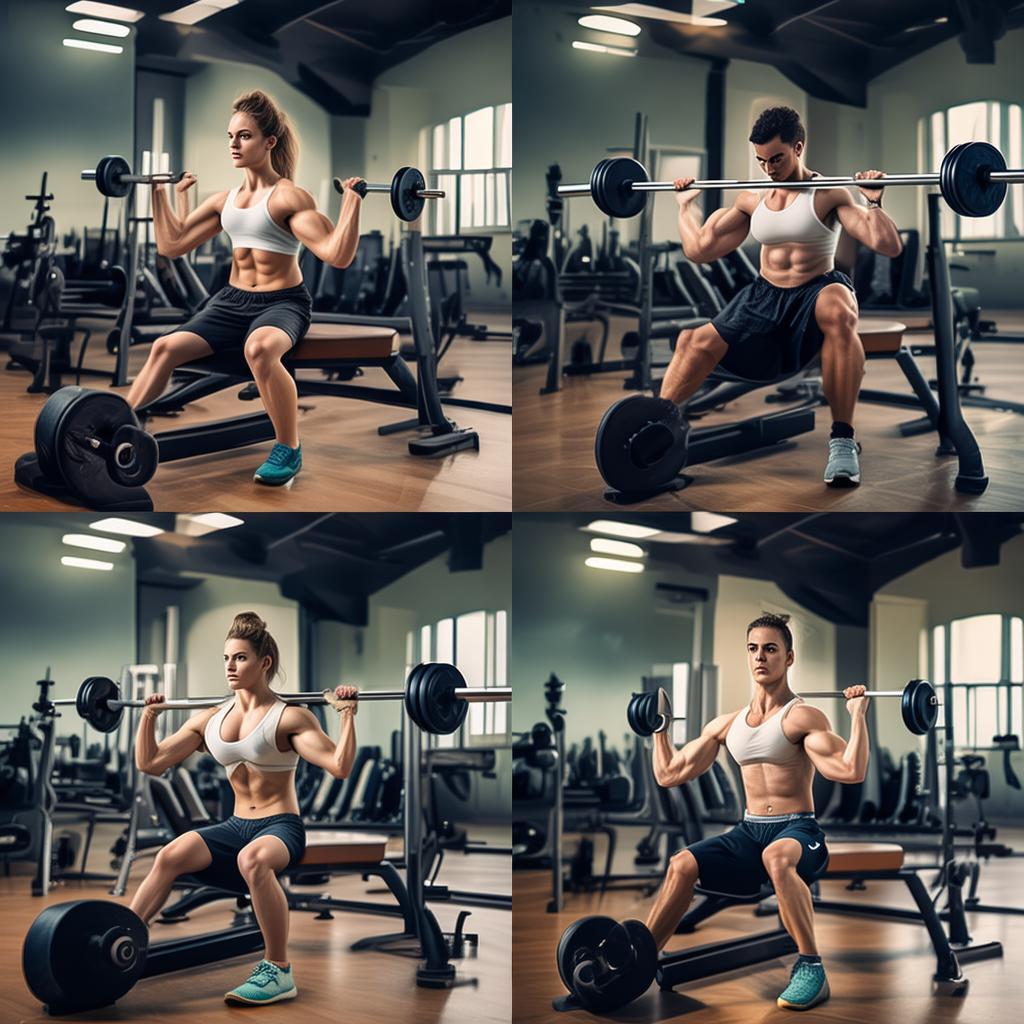The Diverse Choices in Fitness
Each person’s choice of fitness – related life is unique, largely influenced by personal habits. Among the various exercise methods, two classic movements stand out: the wall – squat and the unarmed squat. One is static, while the other is dynamic, and many people often get confused between them, believing that both can achieve a breakthrough in quadriceps circumference and leg muscle gain. In fact, for fitness coaches, there are distinct differences between these two movements, which we will explore in detail.
Differences in Movement Patterns
The most prominent feature of the wall – squat is its static nature. As long as one can maintain a stationary position, the action can be completed. In this static training, although the target muscle groups are in a tight state, the muscle length does not change with the action, resulting in a more solid contraction strength and a relatively single stimulation effect. This type of training mode does not have a remarkable muscle – building effect. However, it is highly practical. On one hand, it can enhance lower – limb muscle endurance and the stability of the knee joint. On the other hand, it is beneficial for improving neuromuscular control, making it suitable for post – injury rehabilitation training. For those who aim to build muscles through training, this movement can be a good choice. By persevering, one can become stronger, and the separation of the four – head muscles of the femur will become more distinct, laying a foundation for returning to deep – squat training.
Differences in Knee – Joint Pressure
When it comes to the back – neck squat, it cannot achieve muscle contraction and weight increase like some other movements. When doing a static wall – squat, the body is stable against the wall and remains immobile, with the center of gravity shifted to the lower limbs. In contrast, many beginners try to maintain balance through deep – squatting, but it is not easy to control. During the squatting process, it is easy for the toes to touch the ground while the heels lift off, which directly increases the weight – bearing on the knees. This can lead to poor movement performance and a high risk of injury. In the case of the wall – squat, since the lower knee is away from the body’s center of gravity and in a stable position, the pressure on the knee joint is relatively small, and there will be no uncomfortable feelings in the knees after the action.
What to Do When There is a Clicking Sound in the Knee During Deep – Squatting?
Many beginners experience a clicking sound in their knees during deep – squatting. This sound is caused by joint popping friction, and there are physiological and pathological differences in popping. If the clicking sound occurs during the squatting process, it is usually a physiological sound, which is a normal physiological phenomenon and has nothing to do with diseases. Physiological rattling is related to the joint cavity and the joint fluid in it. The joint cavity is under negative pressure, which has a stabilizing effect on the joint structure, and the joint fluid has a lubricating function. When a person pulls or bends a joint, the tension may exceed the negative pressure in the joint cavity, creating a gap through which the surrounding gas quickly passes, generating a vibration and the clicking sound we hear. However, if there is a sound when standing up from a deep – squat, it indicates that the joint has wear and tear. Frequent wear and tear may lead to knee pathologies, such as degenerative knee disease. In such cases, it is necessary to seek timely medical treatment at the hospital.





